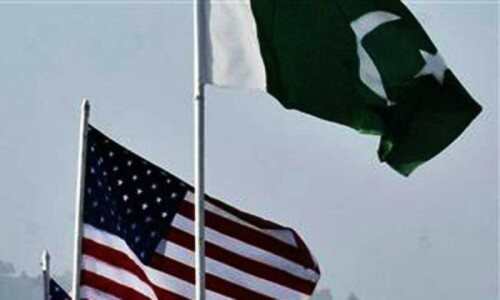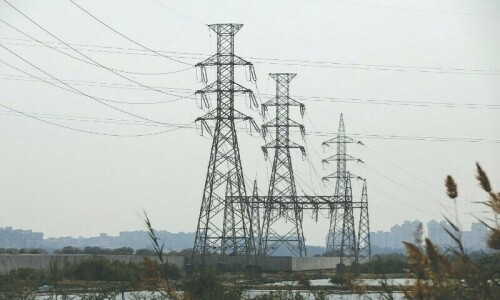Metrobus: mobility and sensibility

The ability of a population to move with ease, predictability and appropriate speed to a great extent determines the speed and quality of economic development. In Pakistan the state of our national railways is before all to ponder over.
Lack of mobility of the population adds to the woes of a badly-governed country.
Last February, the Lahore Metrobus Project was inaugurated – a model the rulers are keen to repeat in Rawalpindi and elsewhere.
One year down the road it will be in the fitness of things to take a look at what has been achieved, the alternatives ignored, and a fresh look at possible paths ahead.
The project cost Rs29.8 billion for 27 kilometres of track and 45 buses. Yes, just 45 buses. This means the fixed cost was Rs1.103bn per kilometre, or Rs11.0 lakh per foot of track/road.
In terms of buses this means Rs662.2 million per bus. Had there been more buses, naturally, the cost per bus would decrease. Granted that, let us look at the number of stops in this 27 kilometre strip.
The total number of stops is 29, which discounting the beginning at Gajumatta and the end at Shahdara, there are 27 stops in 27 kilometres, or one stop per kilometre.
The official website of the service makes the dubious claim that 140,000 passengers use this service every day. The company record tells us that every bus manages 15 rounds a day.
This means that the average passengers using one complete leg of a trip is 103, which for a 59-seater is terribly low.
Transport records of almost all European countries show that a 79-seater manages to accommodate three times the number of seats per round. In India this comes to seven times the number of seats. In London a normal bus has over 50 stops in a route one-third the length.
This brings forth two basic flaws in the design of this super expensive system. First, this is designed for long-run passengers, and second, it is a stand-alone service that does not integrate with the rest of the city.
But to make greater sense of what we say, let us narrate the past experience of buses in Lahore.
After 1947 a gentlemen by the name of Mr Zulfiqar Taha was asked by Mr. M.A. Jinnah to immediately come up with an efficient, cheap and clean bus service.
Mr Taha had worked on the London buses, had set up the Srinagar Bus Service, and then set up the Amritsar Bus Service. So he founded the famous LOS – the Lahore Omnibus Service. His strategy was simple.
He imported 500 Bedford bus chassis from England and set up the LOS Bus Depot on Ferozepur Road. Here Pakistani engineers and workers built the first double-deckers that till the 1970s handled bus passengers with great ease.
This service ran to time, even if empty. One could get a bus at the promised time, was clean and efficient, and very cheap even in those days. The cost was recovered within three years.
Before we make a comparative cost analysis of the service Mr Taha set forth, and the one Mr Shahbaz Sharif has laid for us, it would be interesting to take a look at the transport needs of Lahore today in very basic terms.
If for a city of 12.5 million, let us assume only 20 per cent of the population needs to make one return trip a day. This means five million bus trips.
If a bus manages 15 return-trips a day, irrespective of the length of the route, plying 200 passengers on a 50-seater bus, or 290 on a 79-seater double-decker, means that in such a scenario Lahore needs 2,000 buses.
This is in stark contrast to a paltry 45 buses, with the promise; hold your breath, of 19 more. Surely a complete rethink is needed.
The average cost of a London double-decker today is UK Pounds 70,000 (the cost paid for the new London Olympic buses), which comes to Rs12.1 million per bus completely ‘Made in England’. If we were to just buy the chassis and build it here, and we surely have the talent, it would cost Rs6.9 million each.
A batch of 800 such buses will equal the newly-announced Metrobus expansion project cost from Jain Mander to the Lahore Railway Station just three miles away. Wonder of wonders. Go take a ride you critics.












































